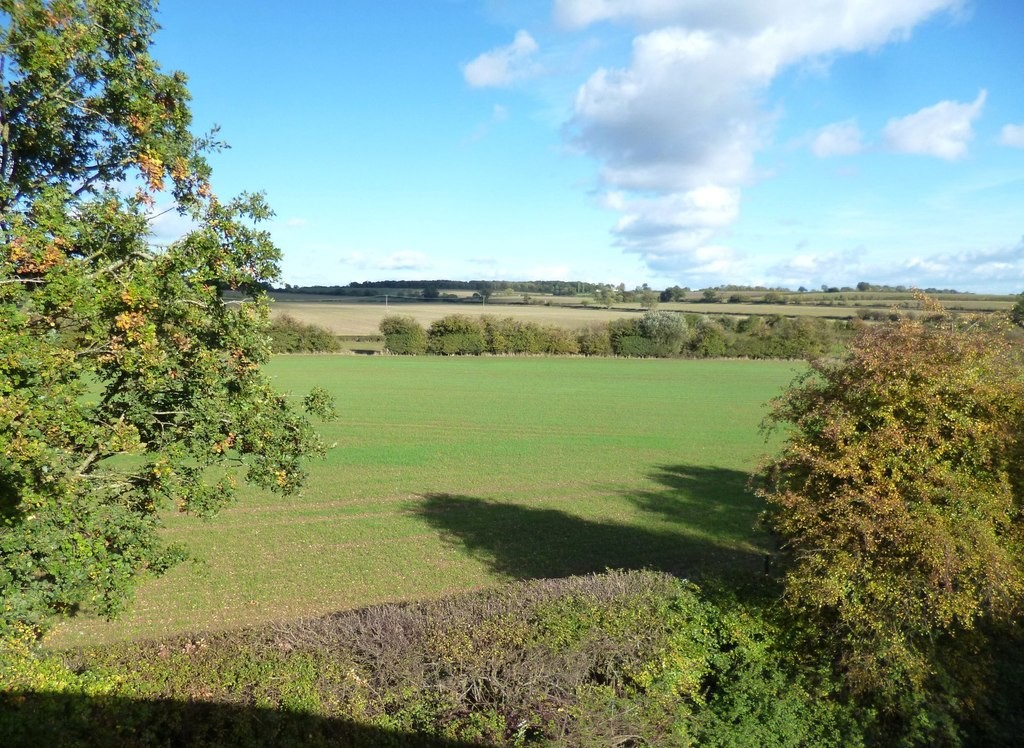The tail wags the dog
Apparently out of the blue, a company called PhotoVolt Development Partners (PVDP) has proposed a 1,400 hectare “Botley West Solar Farm” in Oxfordshire, covering three separate sites.
This ambitious proposal, which claims to be able to generate enough electricity to power 330,000 homes (roughly the number in Oxfordshire, existing and planned) raises some interesting issues. At a time of climate emergency, a renewable energy project of this size is clearly a Good Thing on the face of it, not least because it could in theory be up and running quite quickly, with construction under way in 2025.
But first it is worth trying to picture what 1,400 hectares looks like. It is just under 0.5%, or one two-hundredth, of the total land area of Oxfordshire. That does not sound too much. Another way of looking at it is to view the 1,000 of the 1,400 hectares that will be directly under solar panels as the equivalent of 1,380 Wembley football pitches. That sounds rather a lot.

A third way of looking at it is to see the 1,400 hectares, plus the land needed for “connecting cable routes” and a new substation, as the equivalent of seven new settlements the size of Salt Cross, the large “garden village” due to be built in West Oxfordshire. That also sounds rather a lot.
The 0.5% of Oxfordshire could be an appropriate area of its land for the county’s renewable energy production. It could be appropriate, as an average, for every county in the country. Assuming it is, the following questions need to be answered:-
- Should all the renewable energy be solar, or is there a better mix of solar, wind, hydro, tidal, biomass, etc, depending on the county and its landscape?
- Should that figure take full account of the renewable energy sources already in place? For example, in Oxfordshire, as elsewhere, there are already a number of solar farms in place or planned. Is it appropriate for the 1,400 hectare solar farm, or any other large facility, when added to existing resources, to go beyond the 0.5%?
- Is putting all the solar power on greenfield sites the best use of land?
- Who is best placed to initiate, design and lead an infrastructure project of this size – central government, local authorities or the developer?
Taking the last question first, under the current system, and whether or not they are best placed to do so, PVDP have the whip hand on this project. They have made it clear in their sales brochure (“Phase One Community Consultation Leaflet”) that the Botley West Solar Farm is large enough to be classed as a Nationally Significant Infrastructure Project (NSIP).
This means that PVDP will make a direct planning application to the Planning Inspectorate, reducing local councils to the status of consultees and thus, in effect, working their way more easily round them.
Furthermore, PVDP will manage the two-stage consultation process themselves, the equivalent of keeping within the syllabus but setting their own examination paper. According to The Planning Inspectorate’s guidelines, “the applicant [i.e. the developer] will take into account all relevant responses received during formal consultation.”
But who decides what is and is not relevant? The applicant or the Inspectorate? And who will check that the applicant has taken all the responses into account? Will they all be published for everyone to see?
This is the tail wagging the dog: allowing a private company and, it seems, certain landowners, to dictate where the solar farm goes, whether or not it is the best use of land. That should be a decision for the local planning authorities, working within a central government policy framework, before engaging the private sector to help put the infrastructure in its most appropriate place. As it is, there does not seem to be any tendering to see if PVDP are the best company to carry out the work.
The other questions above are broadly concerned with optimum use of land. For example, large car parks are dead land, with one use only. Shouldn’t the many Park-and-Rides, both built and planned, and other large car parks fulfil a second function under a canopy of solar panels? Shouldn’t all new buildings, not least “garden villages”, be required by law to have either in-built solar roofing or green roofs?
Is it possible to raise the solar panels high enough to allow continued arable agriculture, or integrated wildflower meadows, not just grass for sheep? Can existing transport networks accommodate the cabling underneath or next to them? And so on.
These are not questions that the tail particularly wants to address. The dog needs to take control of its wildly wagging appendage.
Nigel Pearce
 Jon Reeds
Jon Reeds
 Nigel Pearce
Nigel Pearce